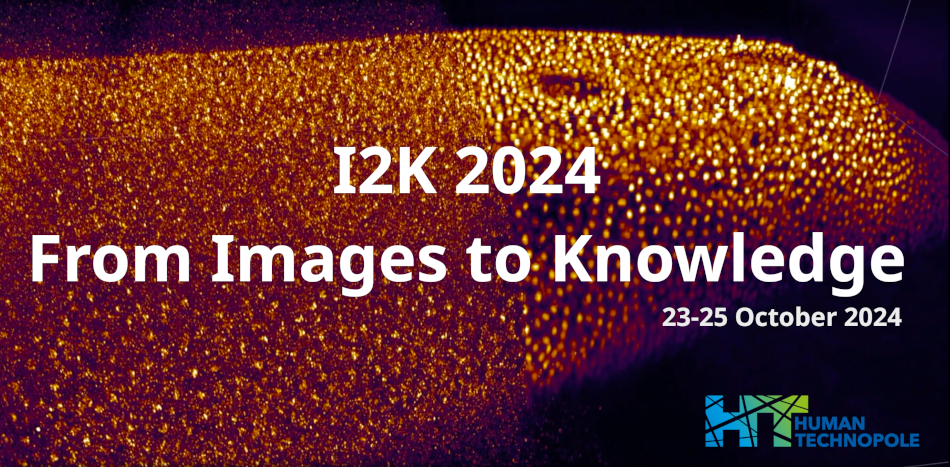Speaker
Description
Digital pathology combined with AI is revolutionizing oncoimmunology by enhancing diagnostic workflows and analytical outputs. This study integrates different histopathological methods with high-throughput computational imaging to analyze the tumor microenvironment (TME).
We began by analyzing tumor tissue and structure using H&E-stained slides and computational methods. A deep learning algorithm was trained to identify tumor cells, and their spatial distribution was examined using Ripley’s K-function. The K-score categorizes each tumor spot as diffuse, poorly clustered, or highly clustered.
To further investigate TME interactions, we employed the Hyperion™ Imaging System. This system preserves tissue architecture and cell morphology while allowing the simultaneous analysis of 23 markers related to tumor cells, tissue structure, and immune cells. Multiparametric computational analysis of the IMC images enabled us to distinguish between tumor and stromal tissues and evaluate immune cell populations in tumor nests versus fibrotic stroma.
In poorly and highly clustered samples, we examined tumor heterogeneity, focusing on immune cell interactions and tumor cell distribution. Our goal is to uncover spatial patterns and cell interactions at the single-cell level, leading to clinically relevant tumor patient profiles.
| Authors | Marika Viatore*, Rebecca Polidori, Alessandra Rigamonti, Massimo Locati, Federica Marchesi |
|---|---|
| Keywords | Digital pathology, tumor microenvironment, imaging mass cytometry, H&E, immune cells |

